Yellow dwarf
What is a star?
A star is a object similar to our sun, which shines through nuclear reactions that occur in the center.
With the exception of the Sun, the stars appear to the naked eye as a bright, glittering due to atmospheric turbulence, without immediate apparent motion relative to other fixed objects in the sky.
All the stars are considerably more distant from Earth than the Sun.
The nearest star, Proxima Centauri, is located about 4 light years of the solar system, nearly 250 000 times farther than the Sun.
The mass of a star is the order of 1030 kg and its radius of about a few million miles.
The power radiated by a star like the Sun is about 1026 watts. Stars form due to the contraction of a nebula of gas and dust under the influence of gravity.
If the heating of the material is sufficient, it will trigger the cycle of nuclear reactions in the heart of the nebula to form a star.
The energy released by these reactions is then sufficient to stop its contraction due to the radiation pressure generated.
The number of stars in the universe is estimated between 1022 and 1023.
Apart from the Sun, the stars are too faint to be observable in daylight.
Image: Birth of a star image made from data of X-ray telescope Chandra (blue) and data from the Spitzer infrared telescope (red and orange).
At about 4000 light years from Earth lies RCW 108, a region of the Milky Way, where star formation is active where the presence of clusters of young blue stars in the picture.
That we see born, yellow in the center of the image is deeply rooted in a cloud of molecular hydrogen.
NB: The astronomers classify stars in dwarf or giant. 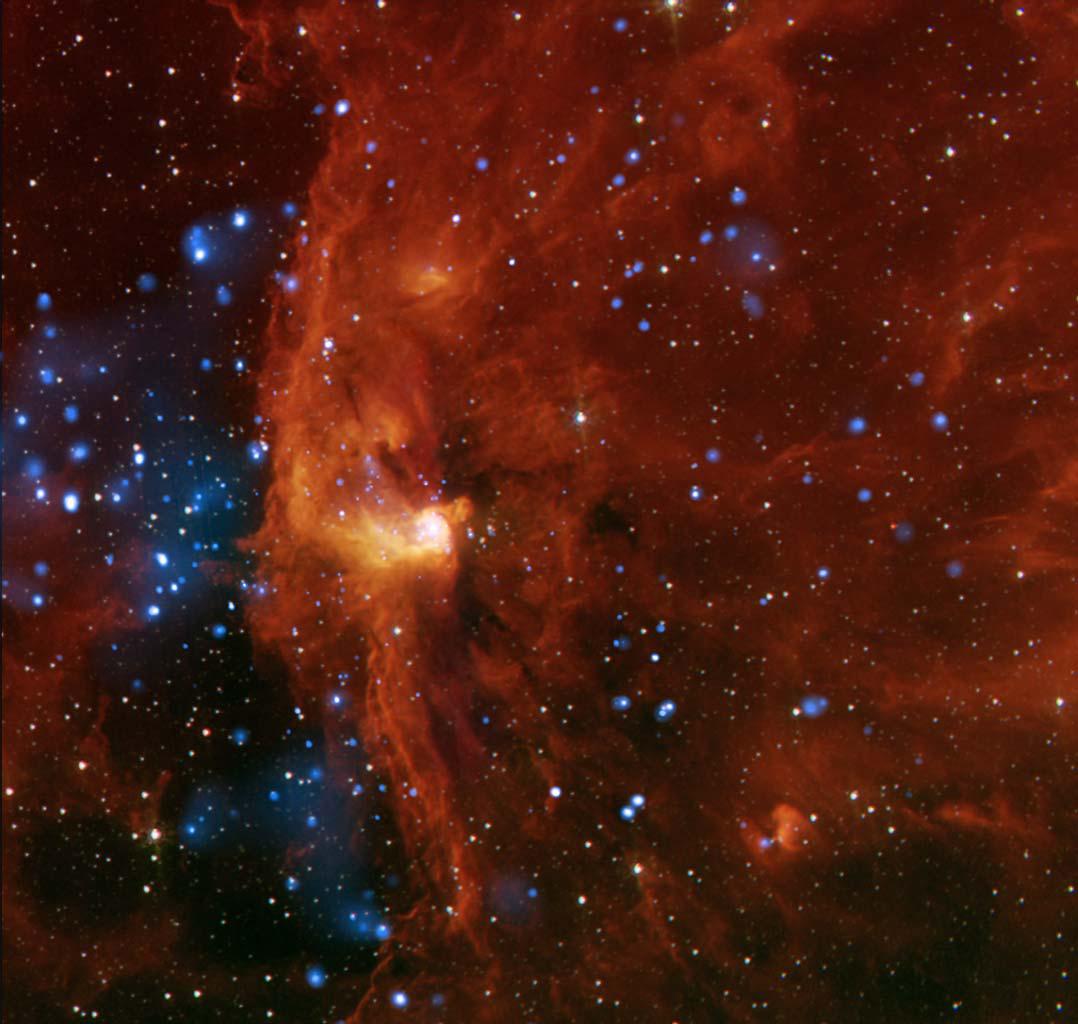
Yellow dwarf
Yellow dwarfs are stars of medium size. A yellow dwarf is a star belonging to the main sequence of spectral type G and weighing between 0.7 and 1 times the solar mass.
About 10% of stars in the Milky Way are dwarf yellow. They have a surface temperature of about 6000 ° C and shine a bright yellow, almost white.
At the end of his life, a yellow dwarf star becomes a red giant and white dwarf.
The Sun is a typical yellow dwarf. The red giant phase signals the end of life of a yellow dwarf.
Stars reach this stage when the heart has exhausted its primary fuel, hydrogen.
Fusion reactions of helium then trip, and while the center of the star contracts, its outer layers swell, redden and cool.
Transformed into carbon and oxygen, helium is exhausted in its turn and the star dies.
The star then gets rid of its outer layers and center contracts into a white dwarf the size of a planet.
Among the yellow dwarf found, Alpha Centauri A, Tau Ceti, and 51 Pegasi.
Image: The Sun is a yellow dwarf star.
It consists of 74% hydrogen, 24% helium and a fraction of heavier elements. The Sun is spectral type G2-V. "G2" means it is warmer (5770 Kelvin surface around) and brighter than average, with a color yellow-white.
NB: The astronomers classify stars in dwarf or giant. 
Articles on the same theme
1997 © Astronoo.com − Astronomy, Astrophysics, Evolution and Ecology.
"The data available on this site may be used provided that the source is duly acknowledged."
How Google uses data
Legal mentions
English Sitemap − Full Sitemap
Contact the author
 Giants of the Milky Way: Top of the Most Massive, Largest, and Brightest Stars
Giants of the Milky Way: Top of the Most Massive, Largest, and Brightest Stars 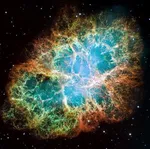 The First Minerals of Stellar Systems
The First Minerals of Stellar Systems 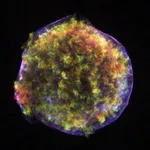 What is a Collapsar?
What is a Collapsar? 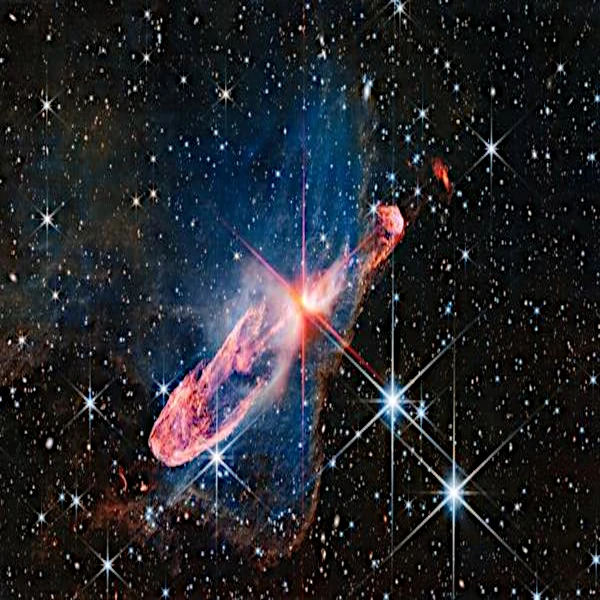 The life of the stars: From the collapse of the nebula to the cataclysmic explosion
The life of the stars: From the collapse of the nebula to the cataclysmic explosion  Black hole, massive star residue
Black hole, massive star residue 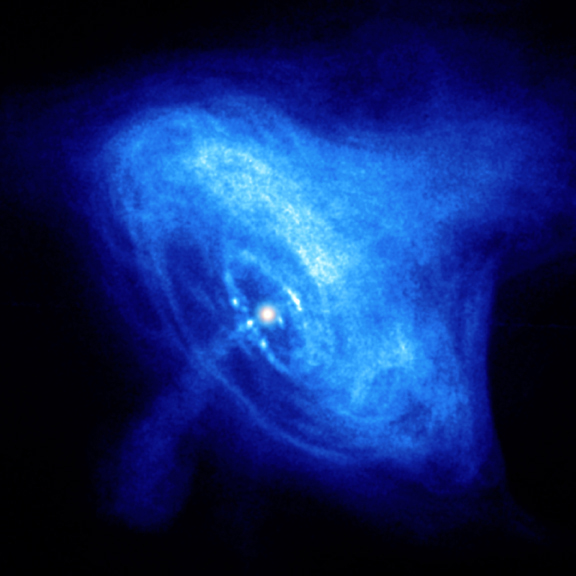 Neutron Star
Neutron Star  Blue and red giants
Blue and red giants  Gravitational Collapse: Formation and Birth of Stars
Gravitational Collapse: Formation and Birth of Stars  The mystery of gamma-ray bursts
The mystery of gamma-ray bursts 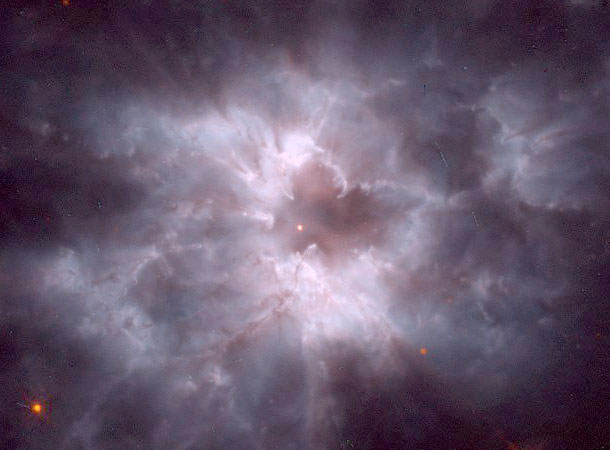 The white dwarfs
The white dwarfs 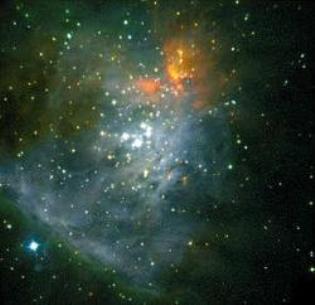 The brown dwarfs
The brown dwarfs 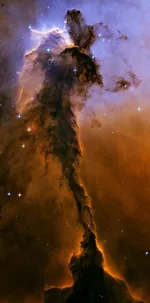 The Wind of Stars: Interaction between Light and Cosmic Dust
The Wind of Stars: Interaction between Light and Cosmic Dust  Bright Stars Sirius
Bright Stars Sirius  The Cigar Explosion
The Cigar Explosion 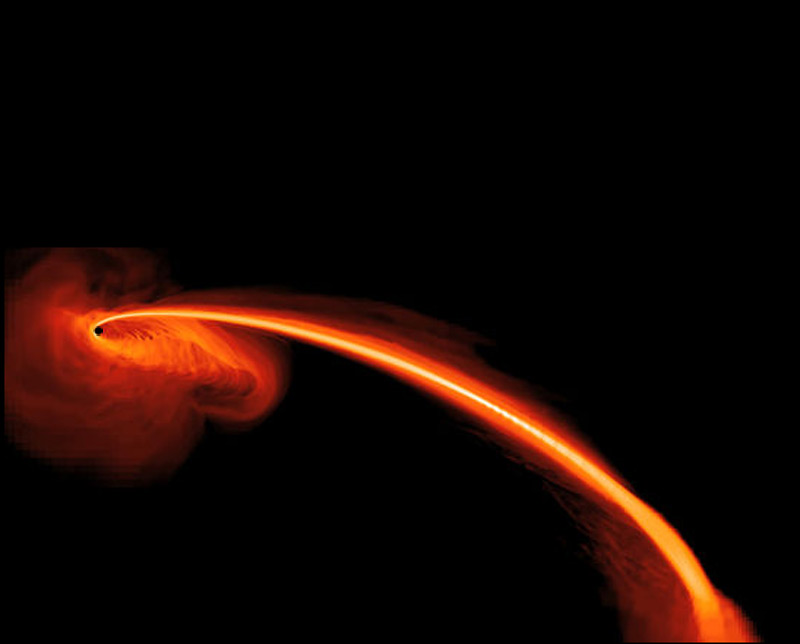 Escape velocity of small objects from black holes
Escape velocity of small objects from black holes 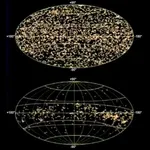 Gould's belt, a stellar firework
Gould's belt, a stellar firework  The death of stars as seen by hubble
The death of stars as seen by hubble 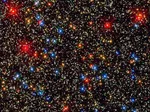 Blue, white, yellow, orange stars
Blue, white, yellow, orange stars  The 500 stars of the Pleiades
The 500 stars of the Pleiades  In search of black holes
In search of black holes 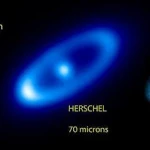 The Star Fomalhaut: The Mouth of the Fish
The Star Fomalhaut: The Mouth of the Fish  A black hole swallowing a star
A black hole swallowing a star 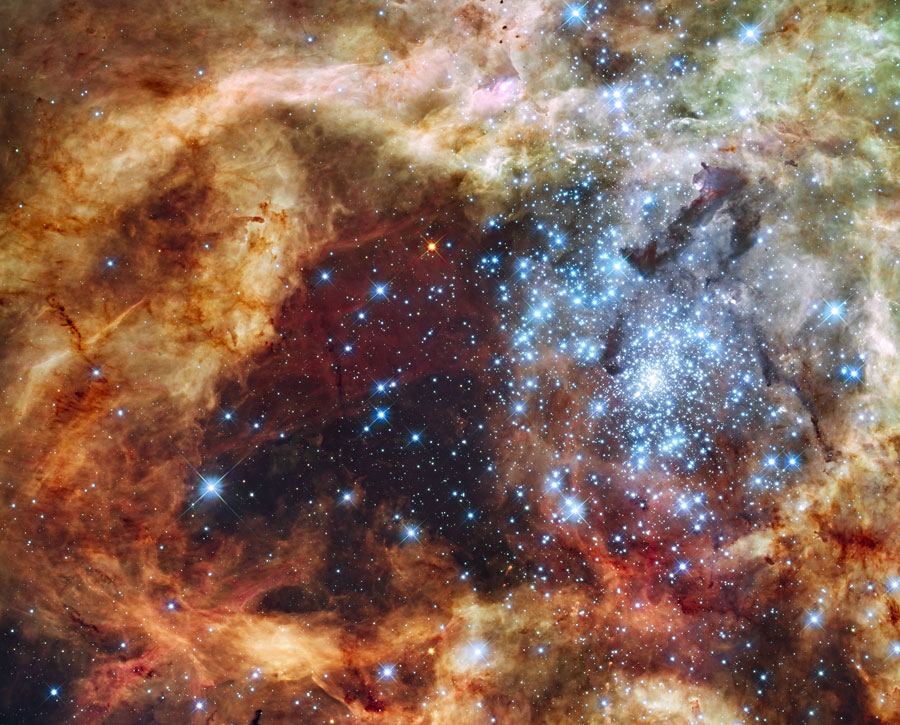 Thousands of stars bound by gravity
Thousands of stars bound by gravity  Comparative sizes of planets and stars
Comparative sizes of planets and stars 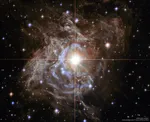 What is a Cepheid?
What is a Cepheid? 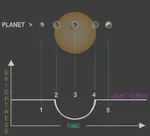 Turn off the stars to see exoplanets
Turn off the stars to see exoplanets  Supernovae or the death of a star
Supernovae or the death of a star  Betelgeuse: Giant Star on the Edge of Chaos in Orion
Betelgeuse: Giant Star on the Edge of Chaos in Orion  Star or Planet
Star or Planet 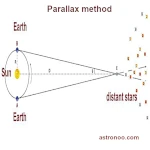 From the Naked Eye to the Space Telescope: What Methods Evaluate the Distance of Stars?
From the Naked Eye to the Space Telescope: What Methods Evaluate the Distance of Stars? 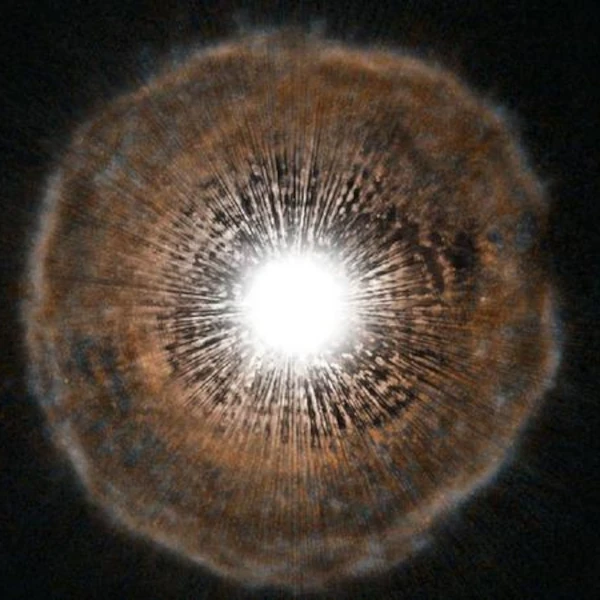 U Camelopardalis: The Carbon Star Losing Its Envelope
U Camelopardalis: The Carbon Star Losing Its Envelope 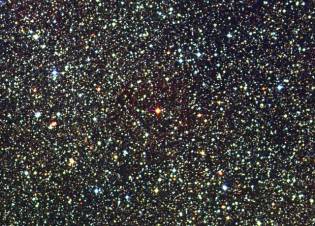 The red dwarfs
The red dwarfs 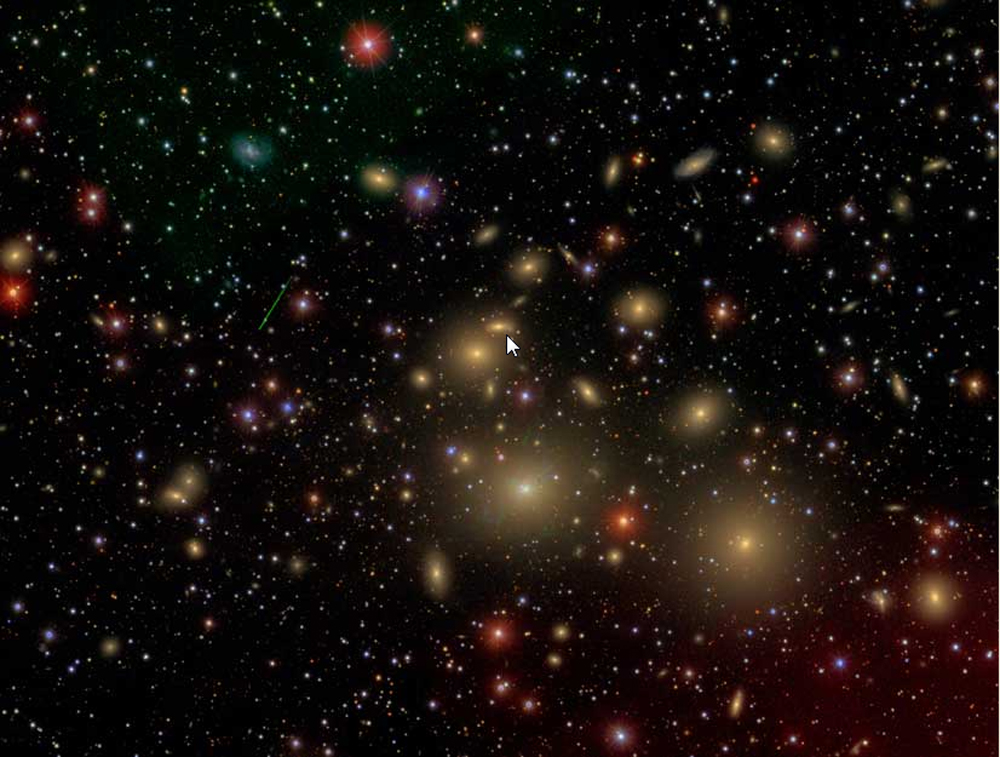 A gigantic black hole
A gigantic black hole  Monocerotis: The Mysterious Star of the Unicorn
Monocerotis: The Mysterious Star of the Unicorn  Stars near Alpha Centauri
Stars near Alpha Centauri  Super explosion and supernova SN 1572
Super explosion and supernova SN 1572 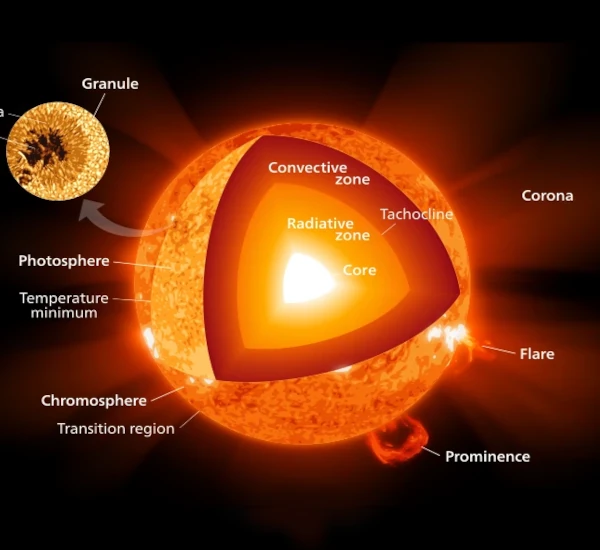 The Power of the Sun
The Power of the Sun  Coatlicue, the star at the origin of our Sun
Coatlicue, the star at the origin of our Sun